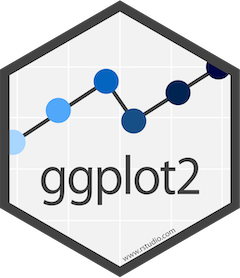Chapter 7 – Plotting Time Series
 In the previous chapter, we focused on data with a geographical element. In this chapter, we focus on data with a time element: time series. Time series are datasets where one key variable is time, whether expressed in years, months, or weeks. We would use time series when we want to explore the evolution of a phenomenon over time. The goal is, as always, to extract information, find patterns, but also, in the specific case of time series, to generate forecasts, that, projections into the future based on past patterns.
In the previous chapter, we focused on data with a geographical element. In this chapter, we focus on data with a time element: time series. Time series are datasets where one key variable is time, whether expressed in years, months, or weeks. We would use time series when we want to explore the evolution of a phenomenon over time. The goal is, as always, to extract information, find patterns, but also, in the specific case of time series, to generate forecasts, that, projections into the future based on past patterns.
For those of you in Sociology 1205, this chapter covers the EDA module for unit 7. You will find the scripts in your R Studio Cloud workspace.
In addition to ggplot2, for time series, we will make use of the browser-based visualization tool iNZight Lite.
Learning Objectives
In this chapter, we will cover the following topics:
- plotting and interpreting time series;
- interpreting seasonal swings;
- understanding additive and multiplicative seasonal effects;
- plotting and interpreting forecasts.
The first videos, made by the creators of iNZight and iNZight Lite (“NZ” as in New Zealand), including Professor Chris Wild. Watch his tutorials to understand the key ideas behind time series. Then, watch my two videos demonstrating how to use iNZight Lite since Professor Wild uses the full desktop version of iNZight. If the New Zealand accent is an issue for you, turn on the captions.

